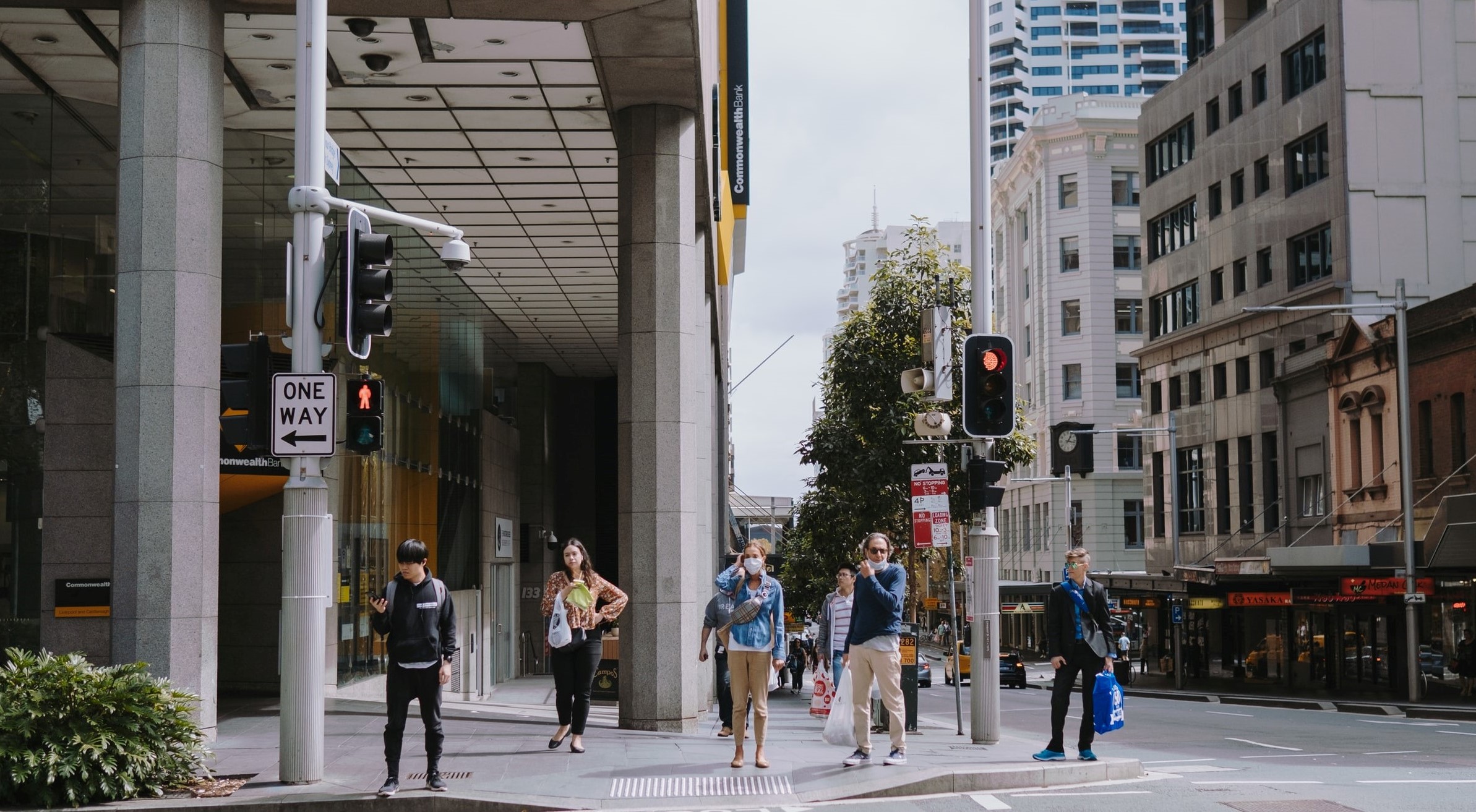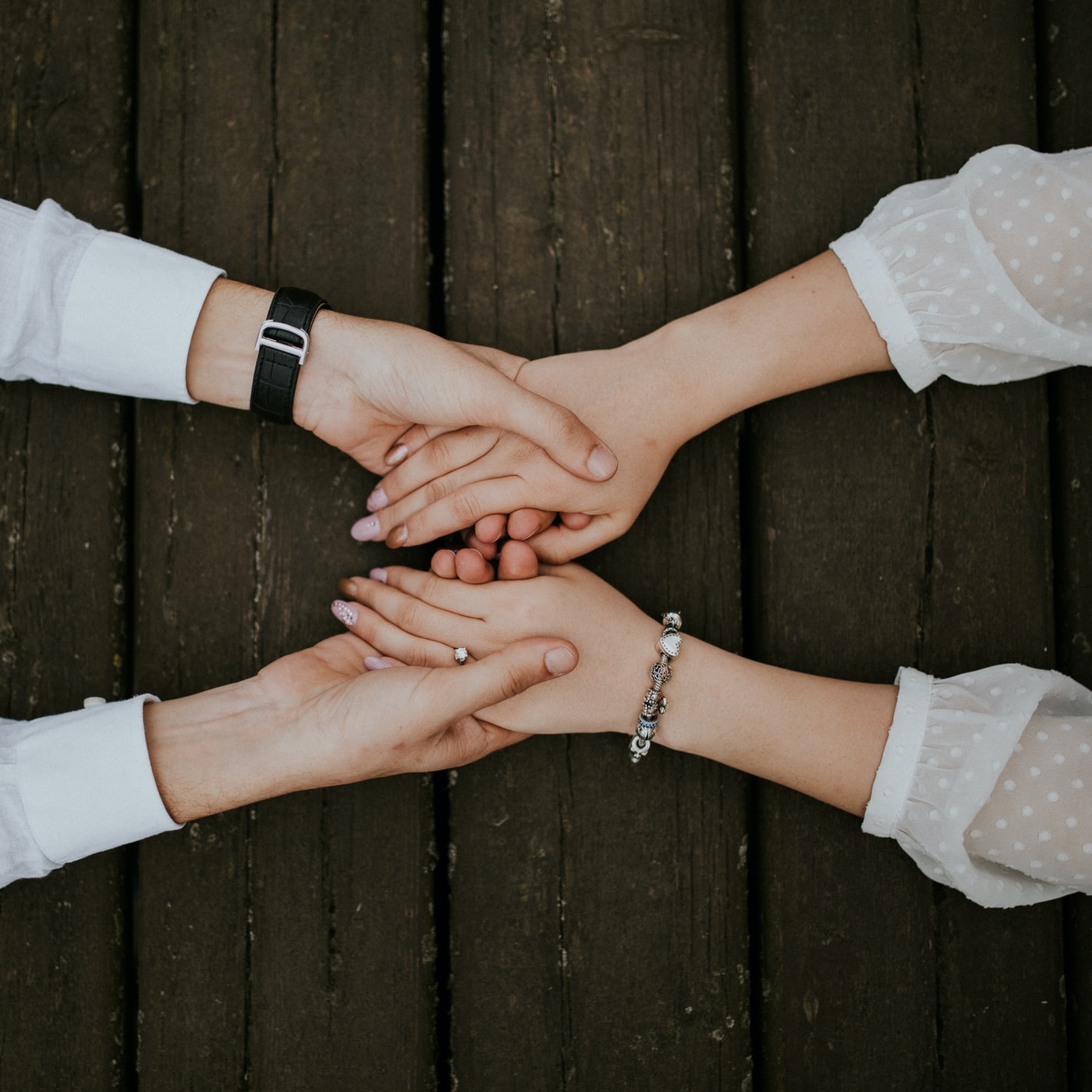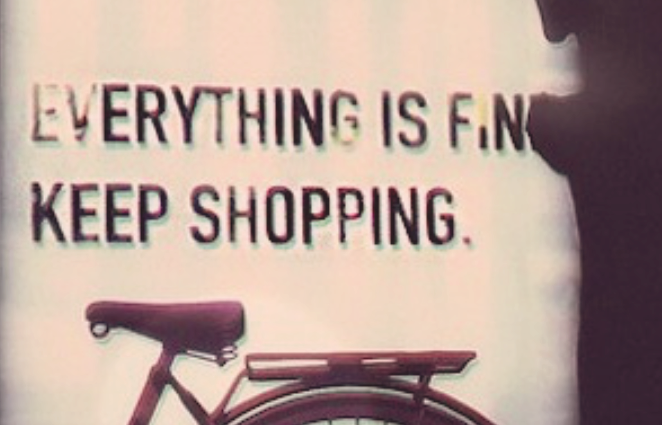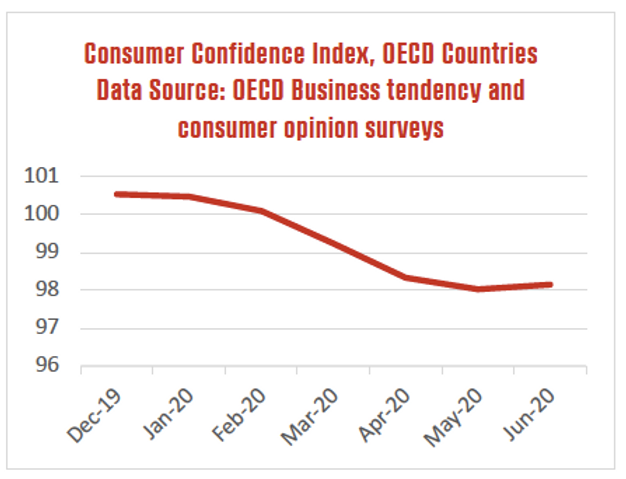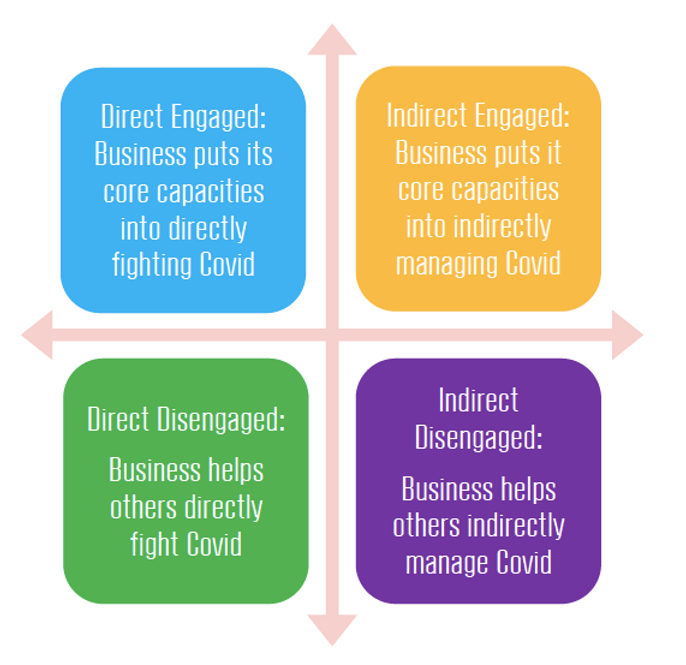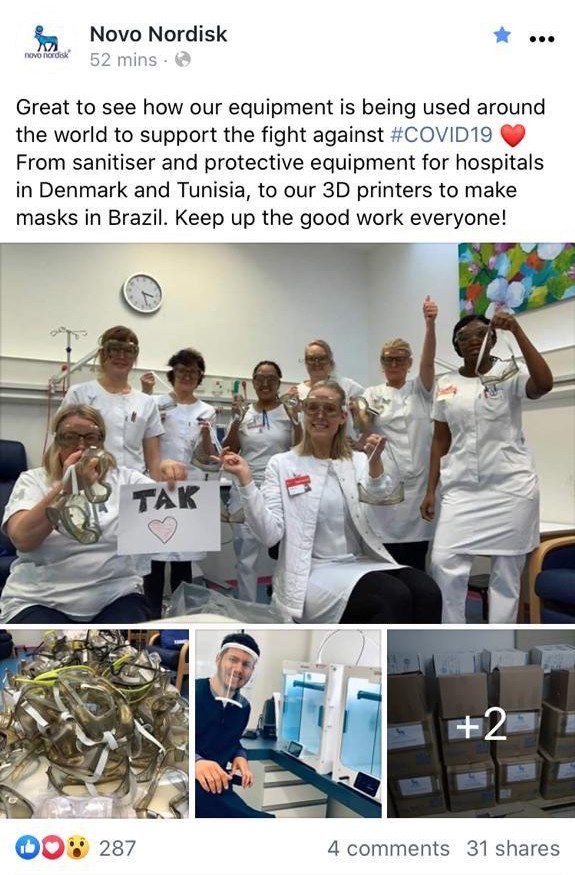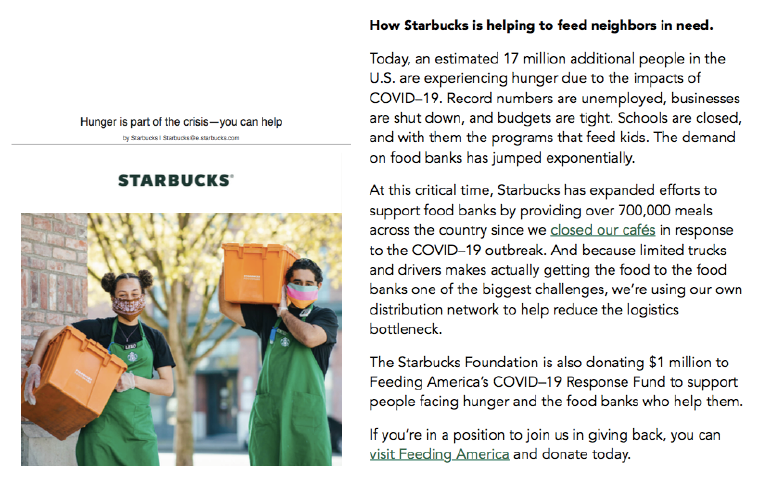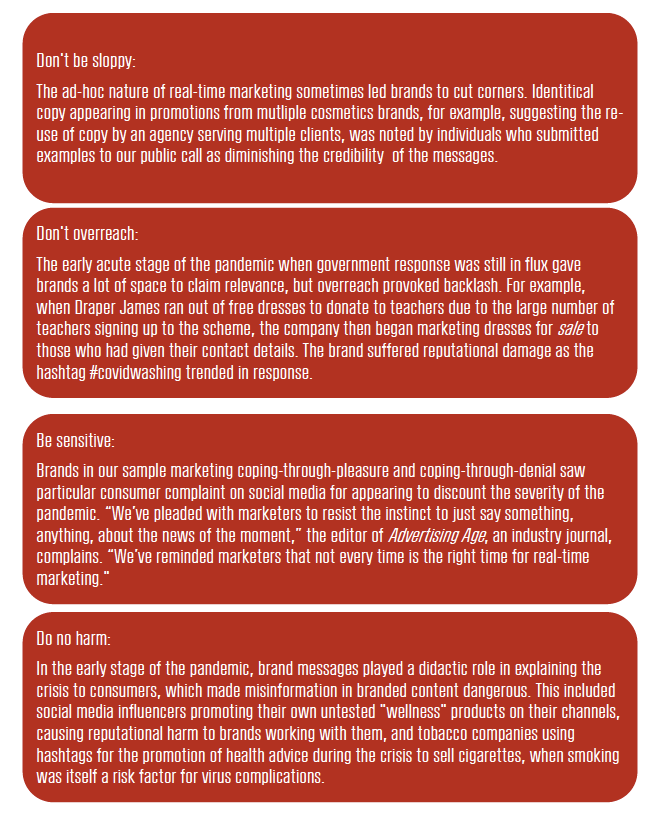Lessons learned from the responsible behaviors of individuals during the Covid-19 crisis
By Fumiko Kano Glückstad
The Covid 19-crisis has had – and still has – a very serious impact on a global scale. The New Normal guideline published by WHO [1] suggests that the responsible behaviors of individuals during the Covid-19 crisis have a critical impact on how a country is able to control the spread of infection. However, the reactions of individuals to aspects of the New Normal such as “social distancing” and “wearing a mask” have been considerably diverse depending on who they are and which society they belong to [2].

Who they are?
To overcome a challenge like the Covid-19 crisis, but also e.g. the long-term crisis on climate change, socially responsible behaviors from individuals are required. Roughly speaking, such behavioral changes may be motivated by four types of personal value priorities [3]: i) anxiety-free values, ii) anxiety-based values; iii) personal-focused values; and iv) social-focused values (See the Figure).

Schwartz [3] states that:
Socializers and social control agents discourage values that clash with the smooth functioning of significant groups or the larger society. Values that clash with human nature are unlikely to be important. The basic social function of values is to motivate and control the behavior of group members (Parsons, 1951). Two mechanisms are critical. First, values serve as internalized guides for individuals; they relieve the group of the necessity for constant social control. Second, people invoke values to define particular behaviors as socially appropriate, to justify their demands on others, and to elicit desired behaviors. Socializers seek, consciously or not, to instill values that promote group survival and prosperity.
Schwartz, 2012, page 12
This statement is highly relevant to the two aforementioned challenges: Covid-19 and climate change.
Let us for instance think about the economic situation that the Covid 19 crisis has brought upon the tourism and experience economy (EE) sector. In order to thrive and secure the jobs of the employees involved in the sector, the EE sector needs to maintain a certain number of tourists visiting its destinations. On the other hand, society needs to prevent further spreading of Covid-19. Hence, the responsible behaviors of individuals expressed in association with their travel activities play a crucial role in maintaining the EE businesses.
However, individuals’ attitudes to traveling and to the Covid-19 crisis substantially differ, and manifest in different behaviors. For example, some individuals may prefer to enjoy traveling because they prioritize “personal-focused” values, seeking to fulfill their hedonistic needs, their needs of self-expression and to obtain a sense of achievement. Such internalized personal values may trigger a negative reaction to the constant social control enforced by Covid-19. On the other hand, a person inclined to “social-focused” values may instead tend to choose socially appropriate behaviors required to prevent the spread of Covid-19.
Which society they belong to?
While the value priorities of individuals within and across societies may differ, cultures also influence the formation of selves. Markus & Kitayama’s [4] [5] phenomenal theory, ‘Culture and Self’, defines the independent and the interdependent self-schemas that demonstrate “how sociocultural contexts can shape self-functioning and psychological functioning (Markus & Kitayama, 2010, page 425)”.

Markus and Kitayama (2001; 2010) explain that:
When an independent schema of self organizes behavior, the primary referent is the individual’s own thoughts, feelings, and actions. Alternatively, when an interdependent schema of self organizes behavior, the immediate referent is the thoughts, feelings, and actions of others with whom the person is in a relationship.
Markus and Kitayama, 2010, page 423
Accordingly, feelings of happiness also differ depending on whether a person is rooted in a culture emphasizing the independent or interdependent self-schemas [6].
Specifically, in North America happiness may most typically be construed as a state contingent on both personal achievement and positivity of the personal self. Negative features of the self and negative feelings are thus perceived to be a hindrance against positivity and happiness. In contrast, in East Asia happiness is likely to be construed as a state that is contingent on social harmony and, thus, on a balance among different selves in a relationship.
Uchida, Norasakkunkit, & Kitayama 2004, page 227
Following the arguments of the aforementioned East Asian cross-cultural psychologists, the formation of value priorities might have been influenced by such culture-rooted self-schemas. Thus, the value priorities and culture-dependent self-schemas of individuals become important factors when scholars do research on sustainable and responsible consumer behaviors. In other words, if the mechanism of feeling happiness is fundamentally different between the independent and the interdependent cultures or between the social- or the personal-focused individuals, the motivations for behaving in a socially responsible way may substantially differ.
Socially responsible reaction to the New Normal
These existing individual and cultural differences may cause us to think about the definition of “socially responsible behaviors” in the context of the Covid-19 crisis.
On Wikipedia, “social responsibility” is defined in the following way:
Social responsibility is an ethical framework and suggests that an individual has an obligation to work and cooperate with other individuals and organizations for the benefit of society at large. Social responsibility is a duty every individual has to perform so as to maintain a balance between the economy and the ecosystems. A trade-off may exist between economic development, in the material sense, and the welfare of the society and environment…
From this viewpoint, the Covid-19 crisis could be an excellent opportunity for individuals to exercise “socially responsible behaviors” for the benefit of society, i.e. in order to return to a Covid-19 free society. However, it generally seems that the young generation of Scandinavians who have been world-leading in sustainable behavior changes have been less engaged in the socially responsible behaviors encouraged during the Covid-19 crisis. What we have learned from the Covid-19 crisis is that the cultures emphasizing the interdependent self-schema have had a smoother path to the New Normal behaviors.
An Australian writer, Paul De Vries posted his interesting observation of the Japanese people’s reactions to Covid-19 in Japan Times [7]:
A stumbling block of the “assumption of carrier” countermeasure is that it requires people to endure discomfort for the sake of the collective good, despite the likelihood of being COVID-19 free. Persuading a critical mass of the population to accept such an imposition is a challenging task, especially when new case numbers are in decline.
Three of the motivating factors that induce Japanese nationals to adhere are courtesy, obligation and shame. Courtesy is the willingness to act out of genuine concern for others. Obligation involves placing the needs of the group before those of oneself. Shame is fear of what others might think if one does not comply to group or societal norms.
There is no shortage of courtesy among the silent majority of the West, as unlikely as that can sometimes seem. A sense of obligation also exists, but typically toward groups less large than society as a whole. Shame, on the other hand, is not a dominant Western trait.
Cultural sensitivity and diversities in the measuring of sustainable development
The diverse reactions to the Covid-19 crisis observed in the past months are good examples demonstrating a need “to prepare a new cultural map of developmental goals, and to create and adapt development indexes that are more culturally sensitive [2]”.
However, the mapping of cultural differences is not enough to capture heterogeneities of the respective societies. Here, the individuals’ value priorities play in. The theory of basic human values by Schwartz [3] implies that individuals prioritizing the “self-transcendence” value, for example, might be more prone to engage in the socially appropriate behaviors specifically required to prevent the spread of Covid-19. In order to effectively implement a policy for the various sustainable development goals, a new cultural map integrating the heterogeneities of societies will become necessary. In this way, a policy maker could distinguish messages suitable for the respective target segments and optimize their effects on the citizens’ responsible behaviors.
The recent development of machine learning technologies has made it possible to classify populations into such personal value typologies, to describe who they are, and to predict how they will respond to various situations [8]. In our project, UMAMI (Understanding Mindsets Across Markets, Internationally) [9], we developed a workflow and methodologies to investigate such heterogeneities of societies based on personal value priorities. It would be interesting to explore how these can be exploited in various application domains addressing the sustainable development goals in the coming years.
References
[1] https://www.who.int/westernpacific/emergencies/covid-19/information/covid-19-new-normal
[2] Krys K, Capaldi CA, Lun VM-C, et al. Psychologizing indexes of societal progress: Accounting for cultural diversity in preferred developmental pathways. Culture & Psychology. 2020;26(3):303-319. doi:10.1177/1354067X19868146
[3] Schwartz, S. H. (2012). An Overview of the Schwartz Theory of Basic Values. Online Readings in Psychology and Culture, 2(1), 1–20. https://doi.org/10.9707/2307-0919.1116
[4] Markus, H. R., & Kitayama, S. (1991). Culture and the self: Implication for cognition, emotion, and motivation. Psychological Review, 98 SRC-(2), 224–253.
[5] Markus, H. R., & Kitayama, S. (2010). Cultures and selves: A cycle of mutual constitution. Perspectives on Psychological Science, 5(4), 420–430. https://doi.org/10.1177/1745691610375557
[6] Uchida, Y., Norasakkunkit, V., & Kitayama, S. (2004). Cultural Constructions of Happiness: Theory and Empirical Evidence. Journal of Happiness Studies, 5, 223–239. https://doi.org/10.1007/s10902-004-8785-9
[8] Albers, K. J., Mørup, M., Schmidt, M. N., & Glückstad, F. K. (2020). Predictive evaluation of human value segmentations. The Journal of Mathematical Sociology, 1–28. https://doi.org/10.1080/0022250X.2020.1811277
About the Author
Fumiko Kano Glückstad is Associate Professor of Cross-Cultural Cognition at Copenhagen Business School. She works in the area of cross-cultural psychology. She has developed a workflow and methodologies enabling data-driven segmentation and typological analysis of consumers based on their personal value priorities in close collaboration with the Section of Cognitive Systems, DTU Compute at the Technical University of Denmark during the UMAMI project (2017-2020) funded by Innovation Fund Denmark. She previously worked as a consumer researcher and product concept designer of kitchen appliances at Panasonic Corporation, Japan and as a Japanese market specialist at Phase One A/S, Denmark.
Photo by Kate Trifo on Unsplash
